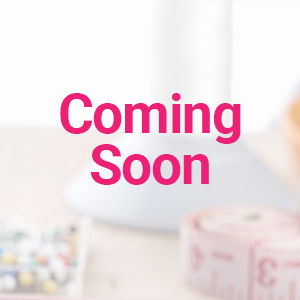Fabrics
Custom Waterproof Fabric
Waterproof fabric is full resistant to water, thus making it hugely popular to use for active wear. Waterproof outdoor fabric for apparel, tents and bags will keep you dry and comfortable no matter what your plans are. Waterproof material has been treated to repel water and prevent it from seeping through. Printed waterproof fabric allows for customization while maintaining the material's water-repelling properties.
Rated ‘Excellent’
4.6/5 from 1600+ independent 3rd party reviews
1-2 Days Production
Cottons, Silks, Jerseys, Recycled Poly-fabrics & more
Exclusive Discounts
Quantity, Wholesalers and Students
Speedy delivery
Quick delivery within 2-5 days once shipped









































































































































